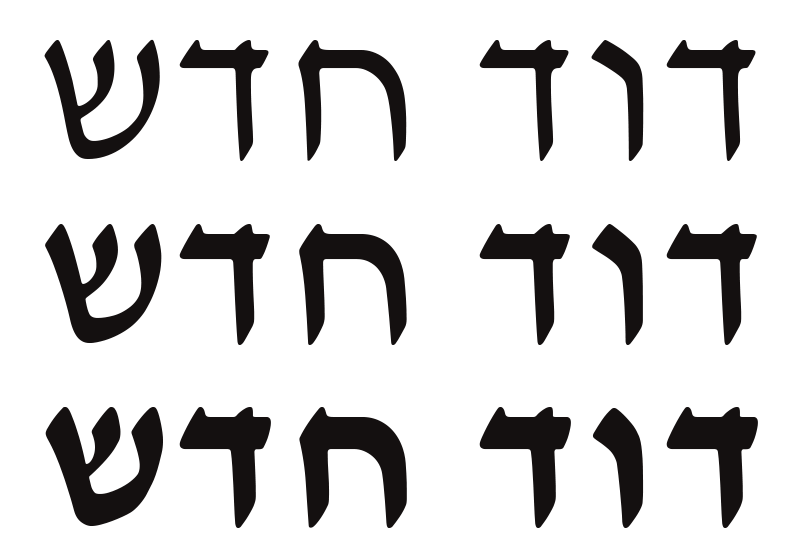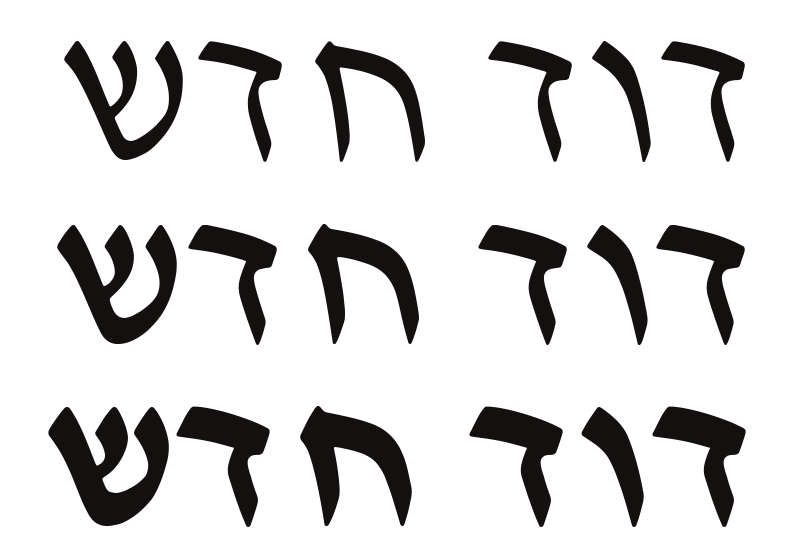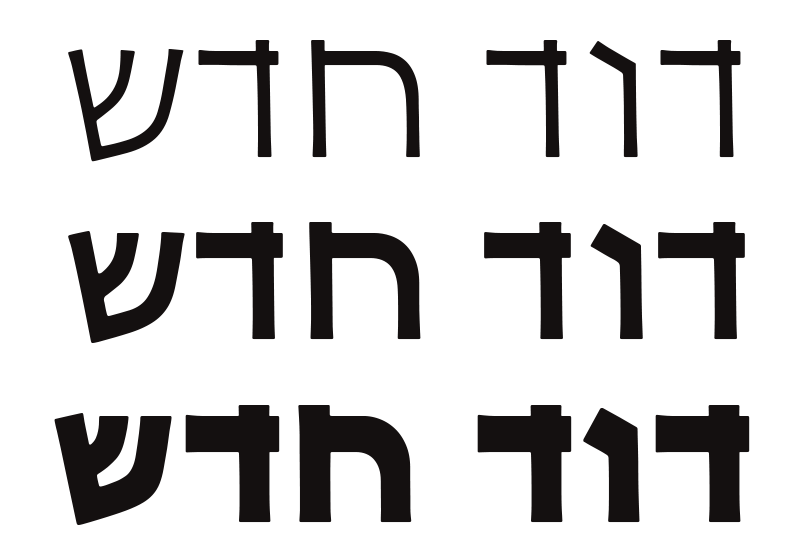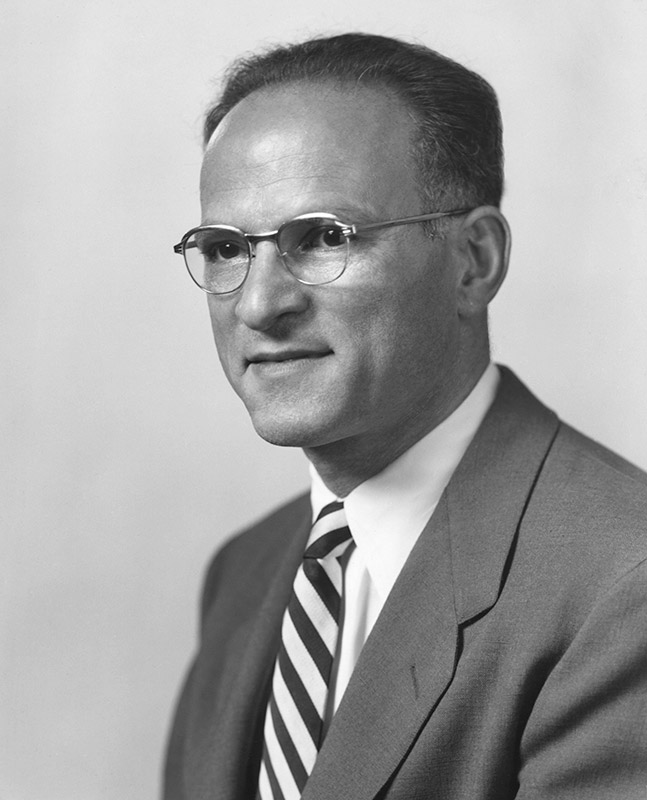




Ismar David quietly revolutionized Hebrew typography in 1954 when Intertype issued his David Hebrew. His intention had been to bring to Hebrew-language typographers the same technical options that their Lafontin-alphabet-based colleagues had long enjoyed, and to bring the alphabet itself into the modern era. In the process, he distilled the essential elements of the oldest Hebrew letterforms to create a truly ageless design, one that remains today one of the most beautiful and popular of all Hebrew typefaces.
Although conceived as a family of nine typefaces, only three of the nine David Hebrew alphabets were produced in the five decades that followed the initial offering. The release of David Hadash makes all nine faces available for the first time ever and brings them into the 21st century with OpenType features. Three weights of David Formal with Biblical marks, as well as the complete family of web fonts, are also available.


David Hadash comprises the complete family that Ismar David began developing not long after he arrived in Jerusalem in 1932. The three styles, now called formal, script and sans, are each available in three weights: regular, medium and bold. David Hadash Formal, the typeface formerly known simply as David, appears in a pristine new digitization from large-scale drawings that Ismar David himself made in 1984. That means: the restoration of the graceful details and generous spacing that have gone missing in recent years. David Hadash is the authentic representation of David Hebrew, a design that is at once both a cultural treasure and a graphic workhorse.
The two remaining styles are less known (in the case of the italic set, now called Script) and unknown (in the case of the sans set.) Script was intended to be used in ways analogous to italic forms in Roman type, but lively, light and with a distinctive left-leaning slant, David Hadash Script can certainly stand on its own.
David Hadash Sans has its basis in the same essential Hebrew forms as its siblings, but the even-stroke schema gives the alphabet a strong architectural quality. Through the years, Ismar David had refined his sans serif design and David Hadash Sans departs from the concept drawing in that it includes these modifications.
Creating a Biblical typeface is no minor undertaking. Monotype Imaging has painstakingly fitted the over 79,000 unique pairs of characters to produce David Hadash Biblical, which like David Hadash Formal is also available in three weights. This marks the first time that David, a face grounded in the oldest Hebrew letterforms, appears with a specially drawn and complete set of rabbinic diacritical marks.